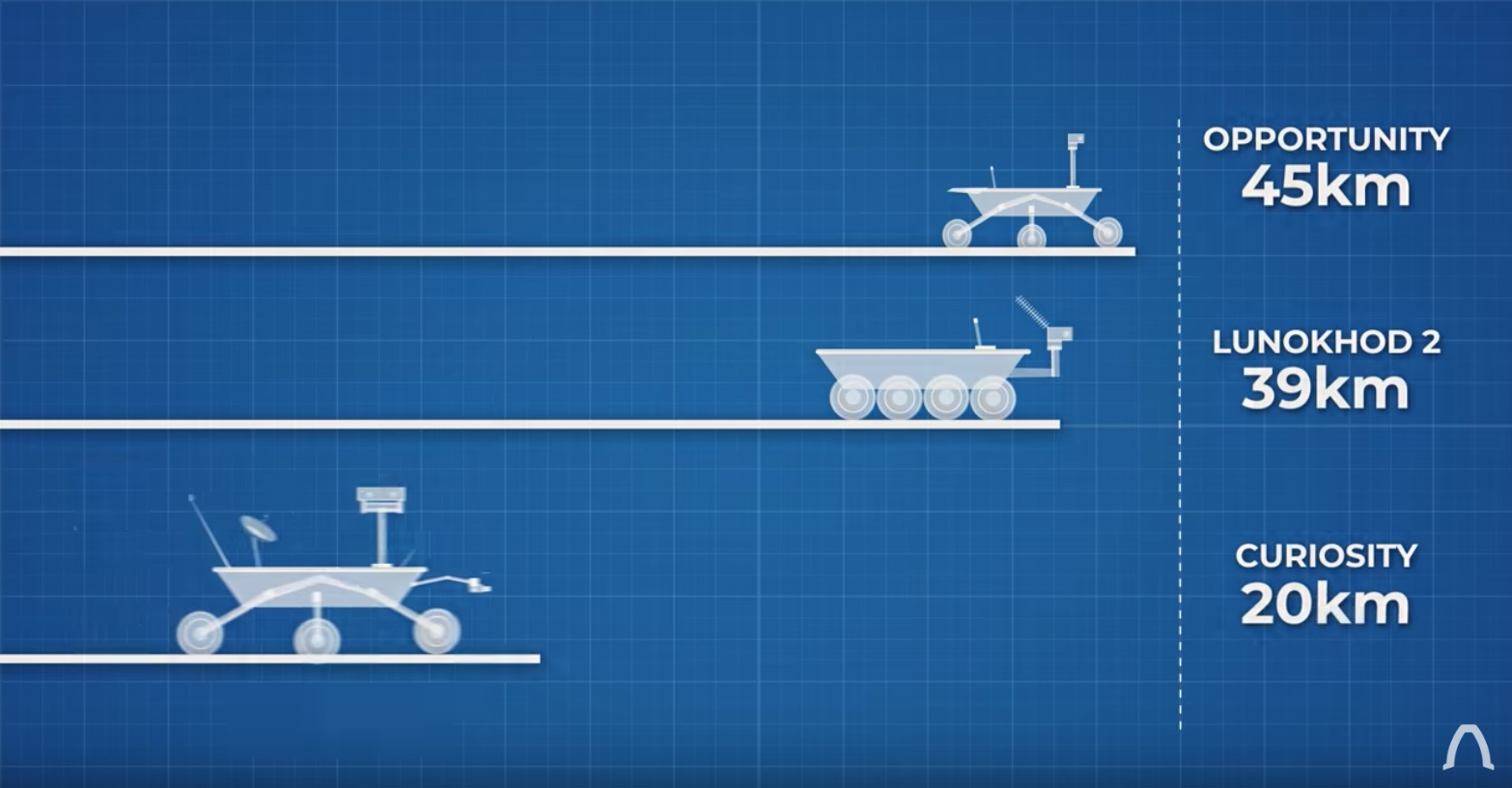Maker Message Monday!
Hi All!
Here is your weekly dose of “Maker Message Monday”, a list of what we are enjoying or pondering as Makers!
Random Shower Thoughts
Lasers can get trapped in a waterfall. This is a great example of total internal reflection and also shows how fibre optic cables work to guide the flow of light!
Videos We Are Watching
How NASA Reinvented The Wheel- Shape Memory Alloys
The Mars Rover has many examples of great engineering accomplishments.
The wheels of the Mars rover has been one of the biggest difficulties for engineers at NASA.
The substantial damage to rough Martian terrain makes it a challenge for tires to properly work.
The rover has a top speed of 0.15 km/hr. Yet this snail’s pace still has enough force to tear holes into the tires.
They wheels need to be stiff enough to support the weight but light as possible to reduce launch cost.
The record for longest journey on an extraterrestrial body is held by the Opportunity Rover at 45 kilometers.

The Mars Rover cost 2.5 billion dollars to develop and deploys a nuclear reactor for power. So as you can see, extending the life of the Rover is TOP priority for NASA engineers.
Temperatures on Mars can reach as low as -130 degrees Celcius making normal rubber tires almost impossible to use.
Good Year has been working alongside NASA and has created a possible solution to the problem.
They have created a spring tire that is light, capable of bending and conforming to turrain without permanently deforming, and capable of holding the weight of the Rover.
The new age material called Nitinal that is a nickel-titanium alloy that is a shape memory alloy.
This tire remembers it’s original shape… sounds like magic right??
Learn how the science behind the material works in this video of the week by Real Engineering!
Articles We Are Reading
Here’s How Much You Can Make Working In One Of The Nine Hottest Jobs In Software Engineering
“According to the Bureau of Labor Statistics, employment of software developers will grow 24% from 2016 to 2026. And in the tech hub of the San Francisco Bay Area, software engineers take home an average of $155,000 a year. ”
Hired conducted a survey of 700 developers across the country and analyzed data from the job postings on its website. They based on their findings out of survey results and the skills and positions empoyers were looking for.
Here are the 9 most in-demand software engineering jobs in the country.
9. Front End Engineer
SF Bay Area: $140,000
NYC: $128,000
8. Full-Stack Engineer
SF Bay Area: $143,000
NYC: $133,000
7. Mobile Engineer
SF Bay Area: $147,000
NYC: $133,000
6. Machine Learning Engineer
SF Bay Area: $153,000
NYC: $122,000
5. Backend Engineer
SF Bay Area: $149,000
NYC: $136,000
4. Data Engineer
SF Bay Area: $151,000
NYC $132,000
3. Embedded Engineer
SF Bay Area: $150,000
NYC $124,000
2. Security Engineer
SF Bay Area: $156,000
NYC $117,000
1.Block Chain Engineer
SF Bay Area: $155,000
NYC $137,000
You can read the full Business Insider article here!
Projects We Are Enjoying
How do we currently count breath?
Rabbitcreek asked themeselves this question and came up with a few answers.
In the old days, hospitals would use a cold mirror as a crude indicator of expiring breath.
New methods of sensing breath include expanding force sensors around your midsection, a temp probe that works on exhaled air being warmer than inhaled stuff, and sip/blow switches available on quadripleagic control units and strange laser sensors that look at patients expanding irth while in MRI machines.
The maker of this project settled on an analogue thin-film sensor for detecting relative pressure differnces that occur with rising water levels in washing machins.
“With a little bit of data tinkering the very sesnsitive unit is able to detect the subtle uptick in pressure that accompanies exhalation in a monitored space.”
Learn how to construct the same project in this project of the week!
See the full Instructable tutorial here.

Podcasts We Are Listening To
Discovering The Past Through Dino Poop
“These little magic packages can provide really special perspectives on ancient life,” says Chin, an associate professor of geological sciences at the University of Colorado, Boulder.
You guess it right people… she is talking about Dino poop.
Dino poop has provided clues about past creatures and environments that skeletons can’t.
“Skeletal fossils don’t always tell you too much about the behavior of animals. In addition to diet, dino poop can also tell you about what organisms might have been living along with the animal that defecated, and coprolites (dino-poop) can also tell you about the conditions under which they were preserved.”
Learn more about decoding Dino Poop in this podcast of the week by Science Friday!
Join Maker Message Monday to receive more videos and articles like this every Monday in your Inbox!





